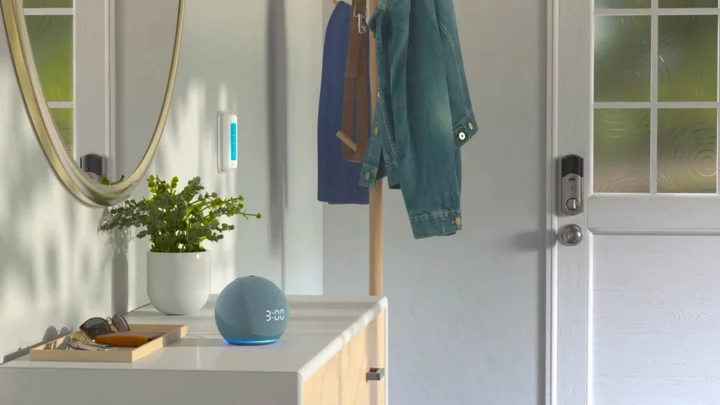Twitch streamers can now simultaneously share their stream across any other live platform they choose in addition to Twitch.
Previously, Twitch streamers were able to stream simultaneously on TikTok and Instagram but were restricted from streaming on other platforms. During TwitchCon on Friday, the company opened things up to allow simulcasting on any service.
Like most things, the freedom comes with a few caveats. A support page outlining the new simulcasting guidelines notes that the experience of the Simulcast on Twitch can’t be any less than the experience on other platforms or services, including your engagement with the Twitch community through chat. That’s to say you can’t simulcast on YouTube and only chat with users there or provide a higher quality stream to users there than is available on Twitch.
Simulcasters are also prohibited from providing links that direct their community to leave Twitch and watch the simulcast on other services. Users are also prohibited from using “third-party services that combine activity from other platforms or services on your Twitch stream during your simulcast, such as merging chat or other features.” Twitch wants to make sure you’re engaging with viewers directly on Twitch and not checking the box of including them through a loophole of some kind.
Simulcasting is available to all Twitch users, provided they don’t have an agreement in place with Twitch that requires exclusivity. Users are still allowed to link to third-party websites in the About section of their channel page.
The new rule is also good news for Twitch streamers who have left the platform to stream elsewhere. Twitch Partners who left the service, because they wanted to stream elsewhere and otherwise didn’t violate their Partner agreement, are eligible to have their agreement reinstated.
In the future, Twitch says it will be adding a tool that will allow users to indicate they are simulcasting.









